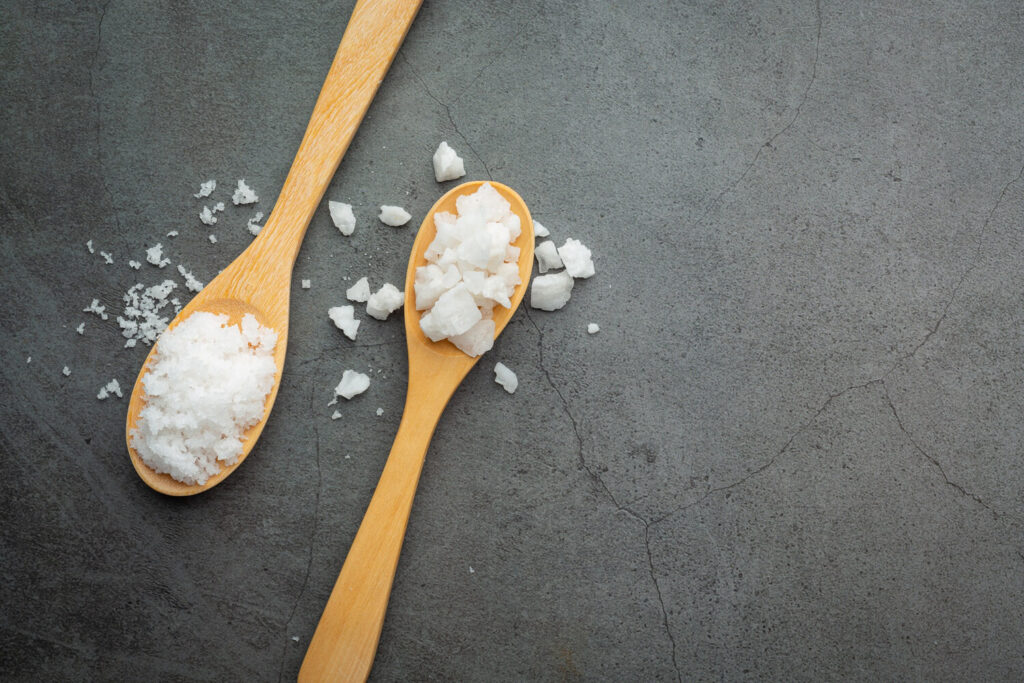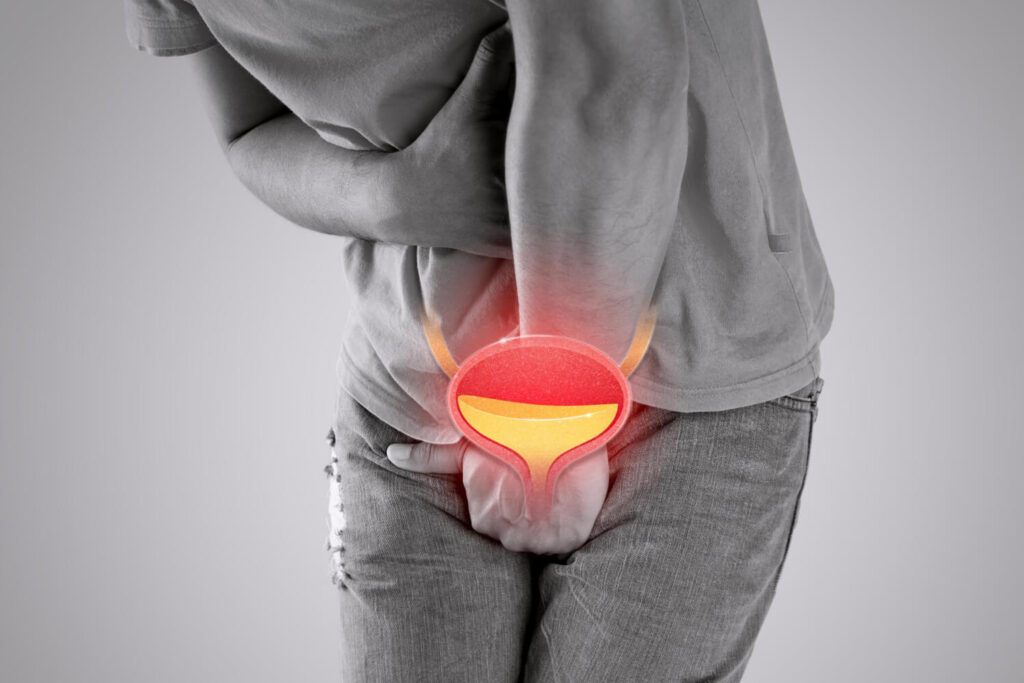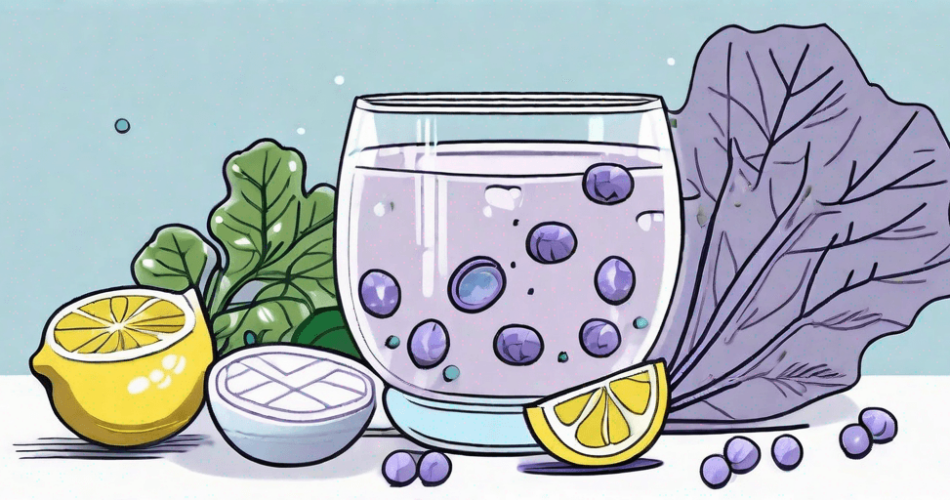Suffering from kidney stones is one of the most painful condition a patient can experience. The formed stones such as calcium oxalate travels in the urinary system, which can block the urine flow and others. If left untreated, it can lead to other complications, like kidney failure.
With this possible medical complication, understanding the formation and prevention of these stones is essential for individuals at risk. In this article, we will delve into the important details, and develop prevention strategies that work. Let’s begin!
Understanding Calcium Oxalate Stones

Before we explore the specifics of calcium oxalate stones, let’s start with a brief overview of what they are and how they form. Calcium oxalate stones, also known as renal calculi, are crystalline deposits that develop within the kidneys. These stones can be small, like grains of sand, or larger, resembling pebbles.
Commonly, these solid masses are made up of calcium and oxalate. The two substances combined in the kidney to form crystals. Thus, creating stones of various sizes. In fact, calcium oxalate stones are the most common type of kidney stone.
The Biochemistry Behind Stone Formation
The formation of this type of kidney stone involves a complex interplay of factors. Oxalate, a compound derived from the breakdown of certain foods, combines with calcium in the urine to form crystals. These crystals can accumulate and grow into stones over time. However, the process is not as straightforward as it may seem.
Several factors influence the formation and growth of calcium oxalate stones:
Urine pH
One important factor is urine pH, which refers to the acidity or alkalinity of the urine. When the urine is too acidic or too alkaline, it can create an environment that promotes the formation of crystals. Maintaining a balanced urine pH is crucial in preventing the development of calcium oxalate stones.
Urine Volume
Another factor that plays a role in stone formation is urine volume. Insufficient fluid intake can lead to concentrated urine, increasing the chances of crystal formation. On the other hand, adequate hydration helps dilute the urine, reducing the risk of stone formation. Drinking an adequate amount of water throughout the day is essential for maintaining optimal urine volume and preventing calcium oxalate stones.
Substance in the Urine
Furthermore, the presence of other substances in the urine can influence the formation and growth of kidney stones. For example, substances like citrate and magnesium can inhibit crystal formation and aggregation, acting as natural inhibitors. However, when these inhibitory substances are lacking or present in low amounts, it can contribute to the development of stones.
Other Conditions
It’s worth noting that certain medical conditions and medications can also increase the risk of the stone formation. Conditions such as hypercalciuria, hyperoxaluria, and certain metabolic disorders can predispose individuals to develop these stones. Additionally, certain medications, such as diuretics and antacids containing calcium, can increase the excretion of calcium in the urine, potentially leading to stone formation.
Factors Contributing to Stone Formation

Several factors contribute to the development of calcium oxalate stones. By understanding these factors, individuals can take proactive measures to mitigate their risk.
Dietary Factors
Diet plays a crucial role in calcium oxalate stone formation. Oxalate is a naturally occurring substance found in many plant-based foods, and when consumed in excess, it can bind with calcium in the urine, leading to stone formation. Foods high in oxalate, such as spinach, rhubarb, and beetroot, can increase the risk of stone development.
In addition to oxalate-rich foods, consuming excessive amounts of salt, animal protein, and certain types of fruits can also contribute to stone formation. High salt intake can increase the amount of calcium excreted in the urine, while excessive animal protein consumption can lead to higher levels of uric acid, which can promote stone formation. Furthermore, certain fruits, such as grapes and berries, contain compounds that can increase the excretion of oxalate in the urine, further increasing the risk of stone development.
It is important to note that while diet plays a significant role in stone formation, it is not the sole determining factor. Individual susceptibility to stone formation varies, and some people may be more prone to developing stones regardless of their dietary choices.
Genetic Factors
In some cases, genetic factors can predispose individuals to calcium oxalate stone formation. Inherited conditions affecting the metabolism of oxalate or calcium can increase the likelihood of stone development.
For example, individuals with a family history of hyperoxaluria, a condition characterized by excessive oxalate production, are at a higher risk of developing calcium oxalate stones. Similarly, genetic mutations that affect the reabsorption of calcium in the kidneys can lead to higher levels of calcium in the urine, increasing the chances of stone formation.
Understanding one’s genetic predisposition can be crucial in managing and preventing stone recurrence.
Environmental Factors
Meanwhile, the environment in which an individual lives can also impact the risk of calcium oxalate stone formation. Factors such as temperature, humidity, and geographical location can influence the concentration of substances in urine, potentially contributing to stone formation.
In hot and arid climates, for example, individuals may be more prone to dehydration, which can lead to concentrated urine and an increased risk of stone formation. On the other hand, individuals living in colder regions may experience higher rates of stone formation due to decreased water intake.
It is important to note that while these environmental factors can play a role in stone formation, they are not the sole determinants. Individual susceptibility to stone formation is multifactorial, and a combination of genetic, dietary, and environmental factors contribute to the overall risk.
Symptoms and Diagnosis of Calcium Oxalate Stones

Identifying the symptoms of calcium oxalate stones is crucial for prompt diagnosis and treatment. When it comes to calcium oxalate stones, the symptoms can vary in severity and presentation. It is important to be aware of these symptoms in order to seek medical attention promptly.
Let’s discuss each of them below:
Pain on Either Side or Back
One of the most common symptoms is severe pain in the back or side. This pain can be excruciating and may radiate to the lower abdomen or groin. It is often described as a sharp, stabbing pain that comes in waves.
Hematuria
Another symptom to watch out for is blood in the urine, also known as hematuria. This can be alarming and may appear as pink, red, or brown discoloration in the urine. It is important not to ignore this symptom, as it can indicate the presence of calcium oxalate stones or other underlying conditions that require medical attention.
Urinate Frequently
Frequent urination is another common symptom of calcium oxalate stones. Individuals may find themselves needing to urinate more often than usual, even waking up multiple times during the night to use the bathroom. This can be disruptive to daily life and may cause discomfort.
Urge to Urinate
In addition to frequent urination, individuals with calcium oxalate stones may experience a persistent urge to urinate. This feeling of needing to urinate urgently can be distressing and may interfere with daily activities. It is important to address this symptom with a healthcare professional to determine the underlying cause and appropriate treatment.
Nausea and Fever
Depending on the size and location of the stone, some individuals may also experience additional symptoms such as nausea, vomiting, and fever. These symptoms can indicate that the stone is causing a blockage or infection in the urinary tract, which requires immediate medical attention.
Diagnosing Calcium Oxalate
When it comes to diagnosing calcium oxalate stones, healthcare professionals have several diagnostic procedures at their disposal. These procedures aim to confirm the presence of stones and assess their characteristics to guide treatment decisions.
Imaging tests such as ultrasounds, CT scans, or X-rays are commonly used to visualize the kidneys and urinary tract. These tests provide detailed pictures that can help identify the presence of stones, their size, and their location. Ultrasounds use sound waves to create images, while CT scans and X-rays use radiation to produce detailed images of the internal structures.
In addition to imaging tests, urine analysis is another valuable diagnostic tool. This involves collecting a urine sample and analyzing it for various substances, including crystals that may indicate the presence of calcium oxalate stones. Urine analysis can also provide information about the pH level of the urine, which can be helpful in determining the underlying cause of stone formation.
Stone analysis is another procedure that can provide valuable information about the composition and potential causes of calcium oxalate stones. This involves collecting a stone that has been passed or removed and sending it to a laboratory for analysis. The laboratory can determine the specific type of stone and provide insights into its formation, which can guide treatment and prevention strategies.
Treatment Options for Calcium Oxalate Stones
When it comes to treating calcium oxalate stones, healthcare professionals consider factors such as stone size, location, and symptoms. Treatment options can range from medication to surgical interventions.
Medication and Surgical Interventions
Depending on the specific circumstances, medical professionals may prescribe medication to alleviate pain, manage symptoms, or help dissolve the stones. In some cases, the size and location of the stone may necessitate surgical intervention, such as extracorporeal shock wave lithotripsy (ESWL), ureteroscopy, or percutaneous nephrolithotomy.
Alternative Treatments
While conventional treatment options are commonly employed, some individuals may explore alternative or complementary therapies to manage calcium oxalate stones. These may include herbal remedies, dietary modifications, or methods aimed at promoting stone passage, such as increased fluid intake or specific exercises.
Prevention Strategies for Calcium Oxalate Stones
Prevention is key when it comes to managing calcium oxalate stones. By implementing certain lifestyle changes, dietary adjustments, and medical prevention measures, individuals can greatly reduce their risk of stone recurrence.
Lifestyle Changes
Adopting a healthy lifestyle is crucial to prevent calcium oxalate stone formation. Regular physical activity, maintaining a healthy weight, and managing stress levels can all contribute to overall kidney health and stone prevention.
Dietary Adjustments
Adjusting one’s diet can significantly decrease the risk of calcium oxalate stone formation. By reducing sodium intake, limiting oxalate-rich foods, increasing fluid intake, and ensuring an adequate intake of calcium and citrate, individuals can rebalance their urine chemistry and minimize stone formation.
Final takeaway
Whether through dietary adjustments, lifestyle changes, medication, or alternative treatments, a comprehensive approach can help prevent calcium oxalate stones and improve overall kidney health.
Take proactive steps to mitigate the risk and manage these stones effectively. Book an online consultation with a urologist today!



